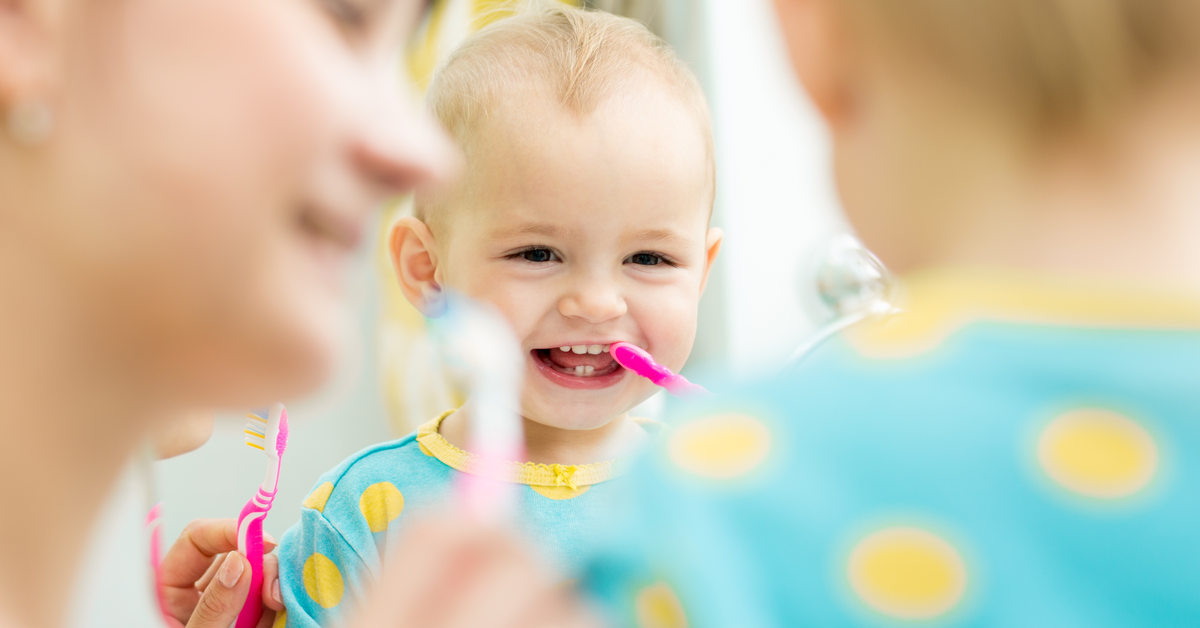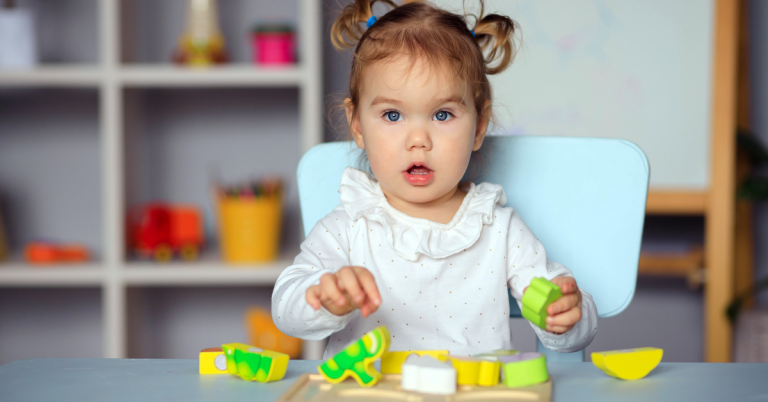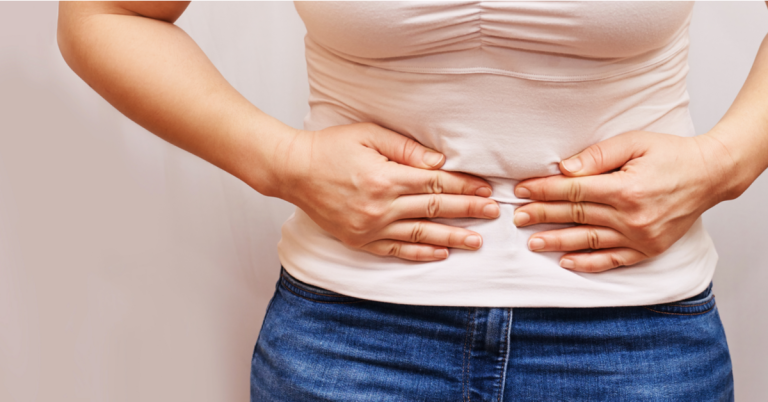Why Dental Care is Crucial for Babies?
Dental care for babies is fundamental. Healthy and well-maintained milk teeth not only pave the way for healthy adult teeth but also prevent speech issues, chewing difficulties, and ensure a comfortable smile. Starting dental hygiene at an early age helps avert these problems, setting the stage for a lifetime of healthy teeth.
Teething in Babies
The timing of when babies’ teeth start to appear can vary. Typically, a baby might get four little teeth every six months, with teeth formation generally occurring faster in girls than in boys. By the age of two to three, all milk teeth usually have appeared.
Teething can be a challenging time requiring much patience. Babies often cry and become restless due to discomfort. Signs that your baby might be teething include prolonged crying, swollen gums, drooling, and sometimes a fever.
Several methods can help soothe teething discomfort:
- Offer your baby a clean, cold teether to chew on, making sure it’s sturdy, safe, and BPA-free.
- Gently rub your baby’s gums with a damp cloth.
- Consult your doctor for natural pain relief methods and avoid giving medication without professional advice.
- Contact your doctor if your baby’s crying continues or the fever does not subside.
How to Care for Your Baby’s Gums
Proper dental care should begin even before your baby’s teeth appear. Healthy gums can make teething less painful. At this young age, using a toothbrush, toothpaste, or hard materials on your baby’s gums is not advisable. Instead:
- Wash your hands thoroughly.
- Use a piece of gauze or a soft, damp cloth to gently wipe your baby’s gums.
- Clean your baby’s gums twice daily—after breakfast and before bedtime—to prevent the build-up of harmful bacteria.

How to Brush Your Baby’s Teeth
Wait until four teeth have appeared in a row before introducing a toothbrush. Choose a baby toothbrush with soft bristles and a small head, ensuring the handle is large enough for comfortable use.
- Let the bristles soften in warm water before brushing.
- Use a tiny amount of gentle baby toothpaste, about the size of a grain of rice, until your child is three years old.
- Brush your baby’s teeth after breakfast and before bed, paying particular attention to the molars at the back of the mouth.
- Aim for two minutes of brushing and replace the toothbrush every three to four months.
You can find a wide range of baby oral care products here.
Make Brushing a Fun Experience
To make toothbrushing enjoyable, introduce playful elements like ‘Squirrel Strong Tooth’. Squirrels need strong teeth to gnaw through nuts, and this character can help your child relate to the importance of strong, healthy teeth. Play games where your child mimics a squirrel eating or jumping, always supervised to ensure safety.
Preventing Tooth Decay in Babies
Beyond brushing and cleaning, monitor what your baby consumes. Avoid dipping pacifiers in sugar or letting your baby sleep with a bottle, as sugary residues can lead to tooth decay. Always seek advice from your dentist to ensure your baby’s teeth develop healthily and they maintain good oral hygiene from the start.
Engage with us in the comments below and share your thoughts and experiences on baby dental care!







